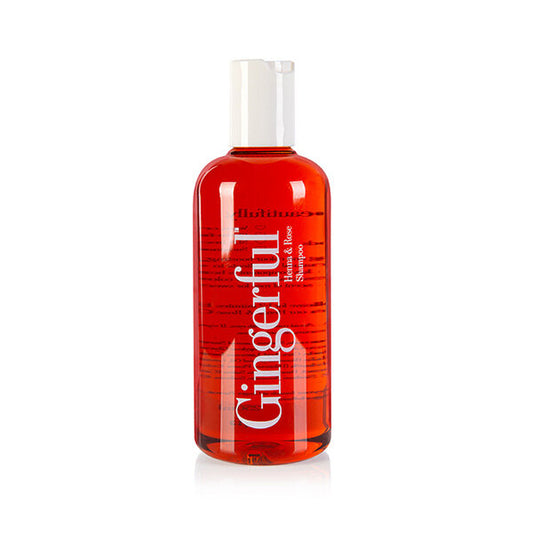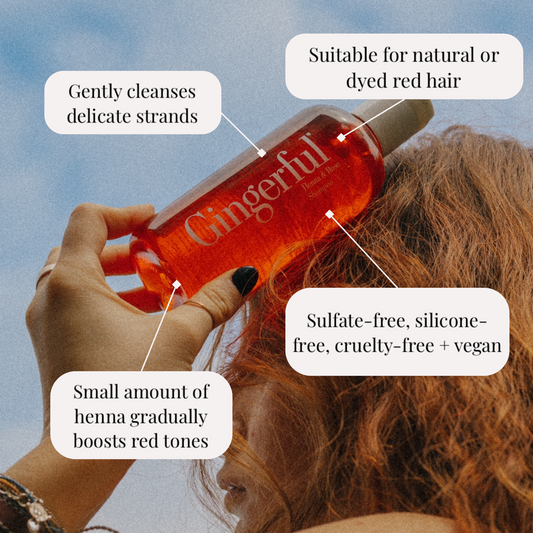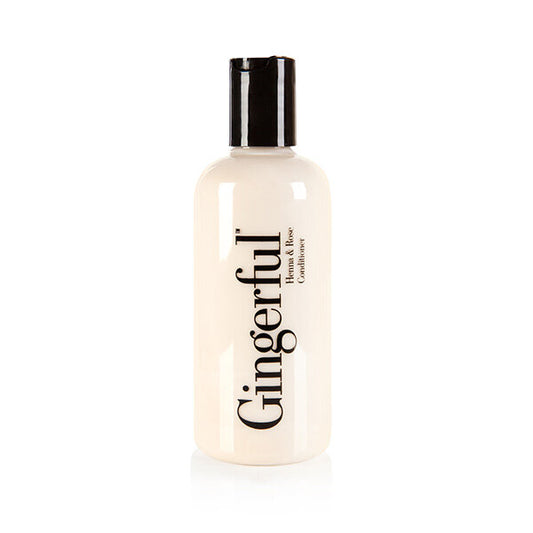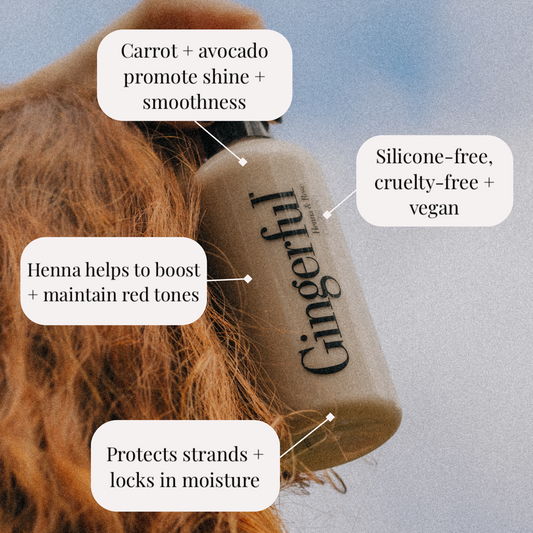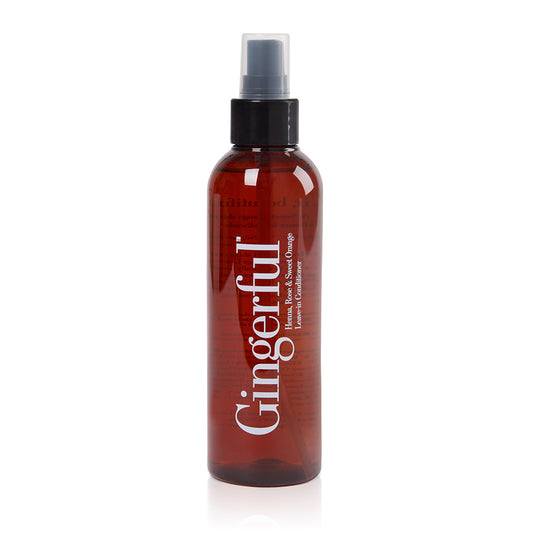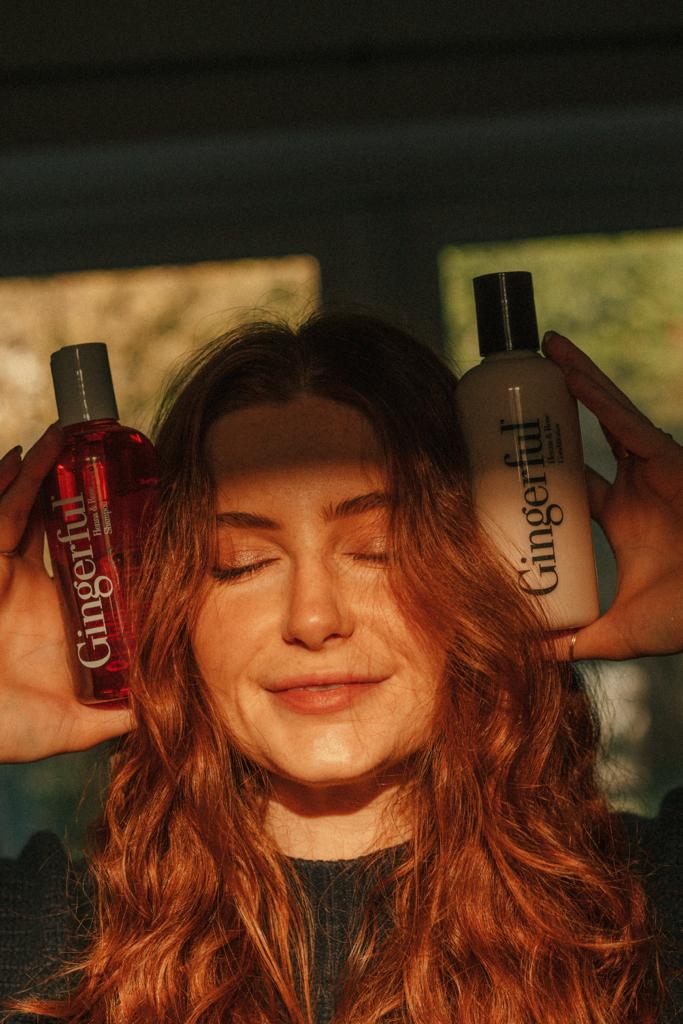If your natural red hair colour is fading, loose hair keeps falling from your scalp like autumn leaves – what’s happening?! Well, the likelihood is your hormones are playing a significant role. At various points in your life a hormonal imbalance could be a contributing factor. Read on for ways to reduce hair loss, brighten red hair and increase hair growth.
WHAT CAUSES A HORMONAL IMBALANCE?
A hormonal imbalance can seemingly come out of nowhere and affect your glossy locks. But there are a few good reasons this could be happening.
- Pregnancy
- Menopause
- Stress
- Unhealthy lifestyle
- Certain medications
WHICH HORMONAL IMBALANCES AFFECT RED HAIR?
Many different types of hormones impact your hair’s health, but here are three of the most common to look out for.
Cortisol
Stress triggers a spike in the hormone cortisol, which constricts vessels, redirecting blood flow to essential organs and away from the scalp. Hair follicles don’t receive enough oxygen and nutrients, stripping your red hair pigment and causing excess hair shedding.
DHT
Dihydrotestosterone (DHT) is a hormone produced by both male and female sexes. A rise in DHT usually occurs because of a condition called Polycystic Ovarian Syndrome (PCOS) and can create hair loss in women. However, environmental damage, smoking, excess alcohol, stress and a lack of nutrients also spike levels, making hair look dull and faded.
A decrease in oestrogen
A sudden decline in oestrogen and progesterone can be a catalyst for hair loss. This is common during pregnancy when hormones experience massive fluctuations. When oestrogen drops, the male hormones rise, shrinking hair follicles, causing hair fall and fading your natural hair colour.
HOW TO BETTER BALANCE YOUR HORMONES
So, here’s the million-dollar question – how do you balance your hormones for glossy and vibrant red hair?
- Exercise: even small amounts of exercise release dopamine, the antidote to stress. It calms your heart rate, widens your blood vessels, and helps blood circulation to reach your hair follicles.
- Eat nutrient-dense foods: leafy greens, fruits, nuts, and seeds all contribute to healthy hair. They can also help to regulate the decline in oestrogen during menopause.
- Get enough sleep: a good night’s sleep replenishes the body and reduces DHT levels in women. So, ensure you add relaxation techniques to your hair care routine.
- Use colour-enhancing products designed to enhance and maintain red hair: replenish your fiery locks with henna-infused shampoo and conditioner. Having other nourishing ingredients in there is key; rose and aloe vera condition strands, while hibiscus and henna revive hair for a multi-tonal shine.
- Quit smoking and excess drinking: smoking and drinking alcohol make your hormones go wild – and not in a good way. It increases DHT and cortisol, a hormonal recipe for fading hair colour and hair fall.
NURTURE BEAUTIFUL RED HAIR WITH GINGERFUL
A hormone imbalance isn’t always preventable. After all, life is tough, busy, and sometimes the challenges you face don’t go smoothly. But with some of these haircare tips, you can help to reignite your red hair and nurture a Gingerful shine.
How to stop all natural red hair shades from fading
Can red hair lose its colour during pregnancy?


